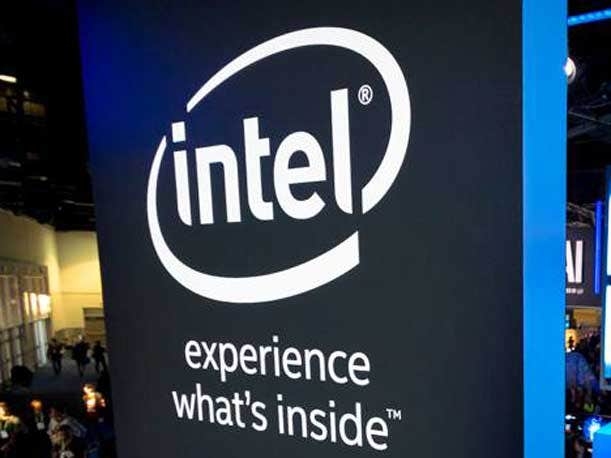Why Intel’s Earnings Will Look Very Different For The First Quarter
The semiconductor giant plans to report the financials of its product design businesses separately from its chip manufacturing operations, and it’s all about helping Intel CEO Pat Gelsinger transform the company for a better future.

For the first time in Intel’s history, the semiconductor giant is set to report the financials of its product design businesses separately from its chip manufacturing operations, and it’s all about helping CEO Pat Gelsinger transform the company for a better future.
The Santa Clara, Calif.-based chipmaker revealed the new financial reporting structure earlier this month, and it means that future earnings releases, starting with its first-quarter report coming on Tuesday, will look substantially different than previous ones.
[Related: Intel’s 9 Biggest Moves Under Pat Gelsinger In His First 3 Years As CEO]
The main difference is that future earnings releases will separate how much money Intel makes selling processors and other products it designs from how much money the company makes manufacturing those products and those designed by other companies. Future reports will also separate expenses for each side.
To help investors understand how Intel’s future financial results will compare to subsequent years, the company has recast previous earnings using the new reporting structure.
Intel is making the distinction between design and manufacturing revenue because the company recently turned its chip-making operations into an independent business called Intel Foundry that will treat the product design groups like customers.
The company is doing this because it hopes to build Intel Foundry into a massive contract chip manufacturing business that competes with Asian foundry giants TSMC and Samsung. Doing so, according to Gelsinger and other leaders, requires Intel Foundry to put the company’s design groups on equal footing with external chip designers it hopes to attract as customers.
In turn, investors and industry observers will get a better sense of how the financials of Intel’s manufacturing operations compare with competitors like TSMC and Samsung. By the same page, the rejiggering will provide a better like-for-like financial comparison between Intel’s chip design business and fabless chip designers like AMD and Nvidia.
Intel Foundry is a key part of Gelsinger’s comeback plan and IDM 2.0 strategy for Intel. An evolution of its integrated device manufacturing model, IDM 2.0 calls for increased investments in manufacturing in addition to revitalizing its contract chip manufacturing efforts and expanding its use of external foundries in instances where it will benefit Intel’s products.
Intel’s New Operating Segments
Intel’s new operating segments include previously established business units such as the Client Computing Group, Data Center and AI Group and the Network and Edge Group. These three groups will fall under a new umbrella category called Intel Products in future earnings reports.
The new segments also include Intel Foundry, which encapsulates the company’s manufacturing and supply chain operations as well as technology development and foundry services.
The final segments consist of Altera, Intel’s FPGA business that was previously known as the Programmable Solutions Group; Mobileye, the automotive tech business that went public last year but is majority-owned by Intel; and unspecified startup businesses. (Intel expects to take Altera public by 2026, although it plans to remain a majority shareholder.)
These last three segments will be reported under a category called “all other.”
For Intel’s 2023 fiscal year, the Client Computing Group’s revenue was $29.3 billion, a 7.9 percent decrease from the previous year. The Data Center and AI Group generated $12.6 billion in revenue, a 25 percent decrease. The Network and Edge Group’s revenue was $5.8 billion, a 31.3 percent decrease. Total revenue for Intel Products was $47.7 billion, a 16.4 percent decrease.
Within Intel’s non-core businesses, Altera generated $2.9 billion, a 12.2 percent increase, while Mobileye generated $2.1 billion, an 11.2 percent increase, for the 2023 fiscal year. The remaining revenue in the “all other” category was $650 million, a 40.7 percent increase, and it came from other non-reportable segments, such as startup businesses.
Intel Foundry generated $18.9 billion in the 2023 fiscal year. This was a 31.2 percent decline from the previous year.